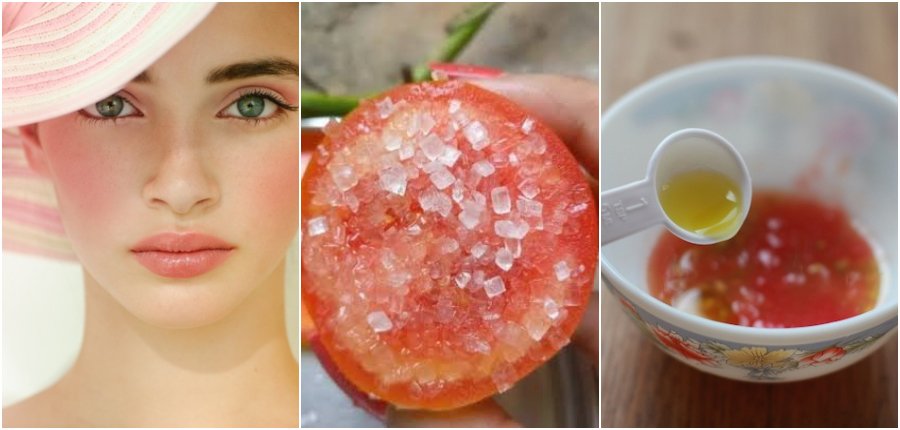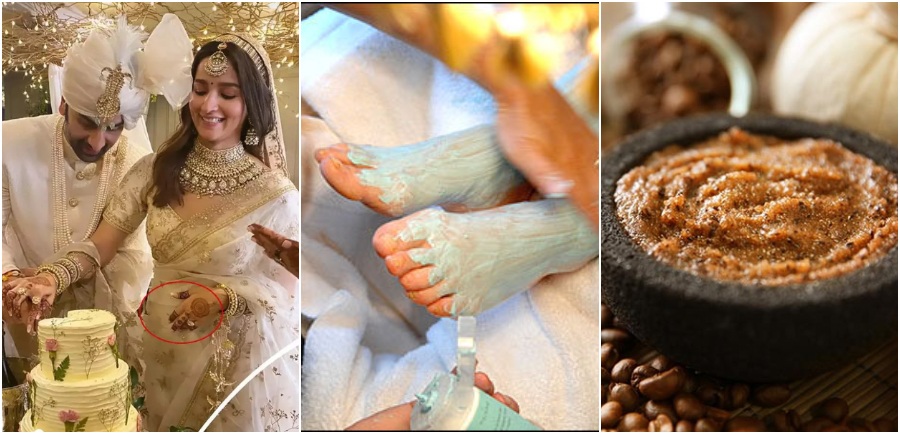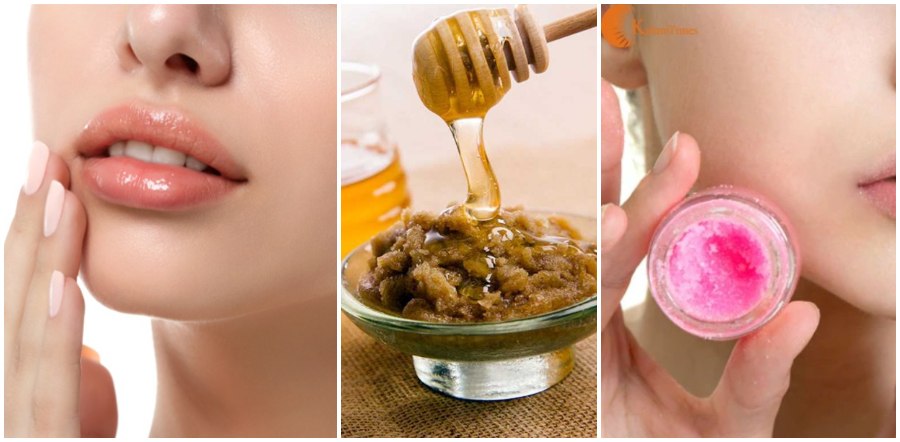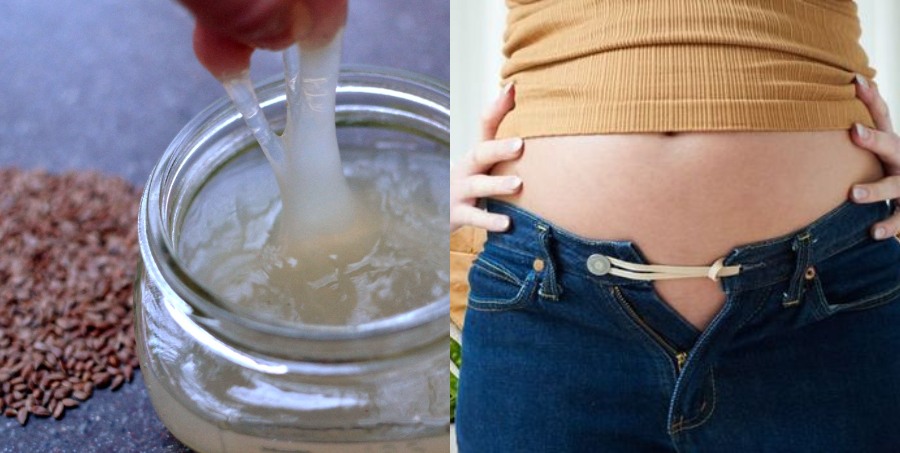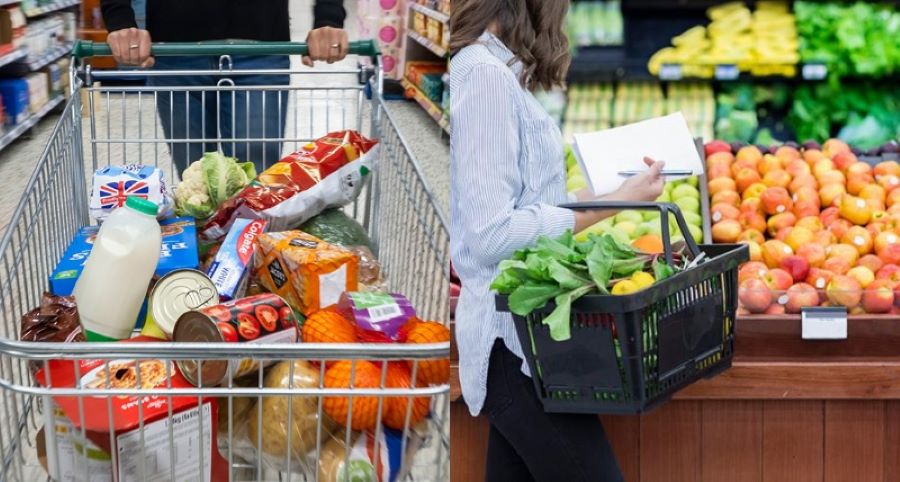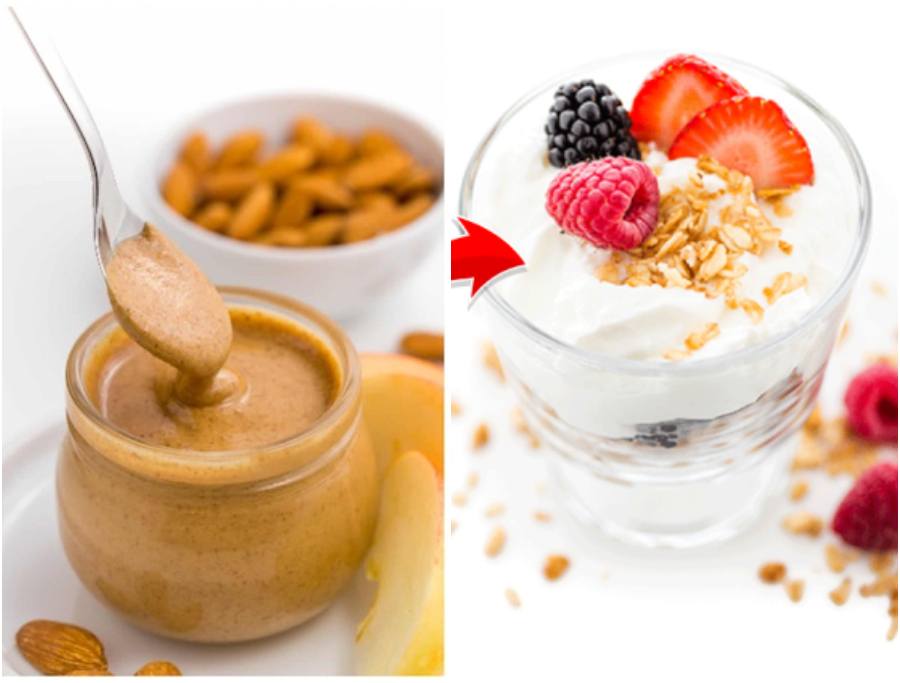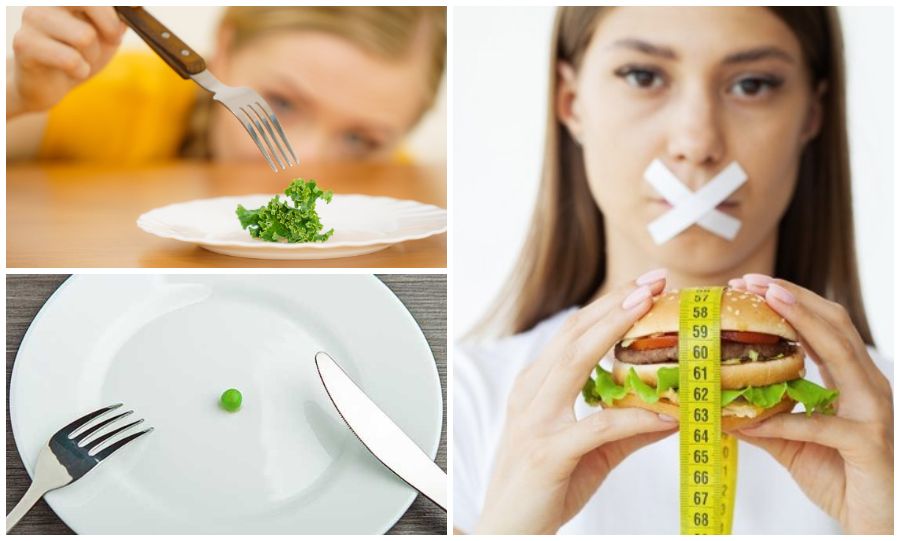 The world of beauty products is alluring, captivating and truly incredible to say the least. With the truly transformative powers that beauty products possess, we are sucked right deep into its universe. But beyond the hues and glitters of the cosmetic world, lies deep, dark secrets. And unfortunately, most beauty biggies are a part of the web. In this post, I will unravel 10 ugly truths behind beauty products that brands do not tell you, but you should know.
The world of beauty products is alluring, captivating and truly incredible to say the least. With the truly transformative powers that beauty products possess, we are sucked right deep into its universe. But beyond the hues and glitters of the cosmetic world, lies deep, dark secrets. And unfortunately, most beauty biggies are a part of the web. In this post, I will unravel 10 ugly truths behind beauty products that brands do not tell you, but you should know.
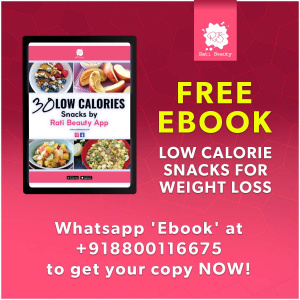

1. ‘Chemical free’: How many times have you picked up a skincare or haircare product because it’s labelled chemical free? Because by seeing ‘chemical-free, we feel are treating our skin or hair to good products, that are better than the contemporaries. But sorry to burst the bubble, ‘chemical free’ in the beauty world is a myth. There is no product that is completely devoid of chemicals and hence brands lure you by adding ‘chemical free’ labels. In truth, some products contain fewer chemicals or less toxic chemicals, but can never let go of preservatives that ensure a minimum shelf life.
2. Animal Cruelty is still ongoing: Animals are considered collateral damage to the beauty industry. If you didn’t know, different animals including monkeys, dogs, cats, and rabbits fall prey to animal testing where they are subject to thousands of chemicals and processes that injure, deform or kill them. The ugly truth is that more than 100 million animals are cruelly tortured and killed in the process of researching chemicals for beauty products. In fact, some of the most high-end and fancy brands including Estee Lauder, Clinique and Benefit are not cruelty free. Animal testing is a cruel and inefficient procedure, considering how different animal physiology and biology works. In fact, what’s safe for a monkey doesn’t necessarily mean it’s safe for a person. To go cruelty free, study the products carefully and opt for brands approved by PETA (People for the Ethical Treatment of Animals).

3. Yet to promote inclusivity: As a global community, we want to support actions that uplift everyone. Inclusivity in terms of body shapes, sizes, colors and such, is still a battle we are waging. The beauty world, for the longest time, has propagated the idea of beauty as ‘fair skin tone’, ‘sculpted cheeks’, ‘non-hairy’, ‘big eyes’ and so on. As a result, women were subjected to body negativity and self-esteem issues. With the world uniting to promote inclusivity and equality, we are hopeful this truth will soon translate into a welcoming beauty fraternity, with no stereotyping the beauty.
4. Lead in lipsticks: Millions of women across the world put on lipstick every day. In fact, being a lipstick addict myself, I am concerned that we don’t discuss about the dangerous chemicals lurk inside the tube. But Research by the Campaign for Safe Cosmetics and the U.S. Food and Drug Administration (FDA) has found lead and other toxic metals in a surprising number of lipsticks. Lead in lipstick came into public light when the Campaign for Safe Cosmetics released the report A Poison Kiss, with the results from an independent laboratory that tested 33 popular brands of lipsticks for lead content. 61 percent of lipsticks manufactured in the world contained lead, with levels ranging up to 0.65 parts per million. The saddest part is that lead is a neurotoxin and can be dangerous at the smallest of doses, causing cancer, kidney and reproductive issues.
5. Greenwashing: As responsible and cautious consumers, we should be aware of the vague and misleading marketing terms on packaging labels. The most misleading term is ‘Natural’ and it may lead us to think that a beauty product is pure, made with natural ingredients and is healthy. This is known as greenwashing, but the sad reality is that label term regulations are not stringent enough enabling marketeers to write use these convincing and lucrative terms. Even if brands claim to be ‘natural’, ‘pure’ and ‘organic’ they might contain a cocktail of chemicals. So, we need to remove the false sense of security and do complete study of brands before buying products.
6. Not pregnancy safe: Different international authorities have reported that the everyday beauty products like makeup, shampoos, nail lacquers, body lotion, anti-perspirants and other personal care products contain chemical ingredients that lack safety data. What is even more concerning is that some of these chemicals have been linked to abortions or malformations in pregnancies. Realizing that an unborn child is susceptible to chemicals absorbed through a mother’s skin and getting it circulated in the blood stream, we should make sure we avoid these chemical laden products. This involves staying away from known carcinogens like 1,4-dioxane and formaldehyde found in many common beauty products.
7. Contributing to charities doesn’t mean supporting the cause: The biggest lie that is propagated to us, unsuspecting consumers is that- beauty brands care about some initiatives and are ardent supporters of the cause. This couldn’t be further from the truth. While they often support or contribute to charities, they are themselves promoting the problem in discreet ways. Every October, we’re barraged with pink-ribbon products promoting breast-cancer awareness and research. Sadly, many of the big brands supporting these causes may actually be contributing to the actual disease they seek a cure for. Some of the worst offenders produce formulae with reproductive toxins, hormone-disrupting chemicals, and carcinogens, but project themselves as champions for women’s health?
8. Cancer can be caused by cosmetics: When you question the brands, the response is often there is ‘just a little bit’ of carcinogens in any given product. What we are overlooking is the danger at hand- these carcinogenic exposures are adding up, and we are falling prey to slow onset of cancer. Brands like Revlon, Avon and others are trusted by us, but are tricking us into purchasing carcinogen loaded cosmetics.
9. ‘Hypoallergenic’ and ‘Fragrance Free’ is often a myth: We all want hypoallergenic products and are happy to purchase “hypoallergenic products.” But the shocking truth is that till date, there no federal/international standards or definitions that govern the use of the term “hypoallergenic,” thereby permitting its misuse. In fact, manufacturers of cosmetics with ‘hypoallergenic’ on the labels are not required to submit verification of their hypoallergenic claims to FDA. Similarly, ‘fragrance-free’ doesn’t mean absence of scents, but instead these products contain fragrance masking agents to neutralize the scent (and that adds to your chemical ingredients)!
10. Scary environmental impact: Each time you add a bottle of shampoo or your favorite hair spray, are you reminded of the environmental effects these products have. Sadly, it is not something that jumps into our minds when shopping. The harm is manifold and scary to say the least. The cosmetics and toiletries when washed down the sink or drain are released in to the waterbodies, disrupting aquatic flora and fauna. Chemicals like phthalates, and these forms of chemicals are not commonly labeled on beauty products even though they are abundant in hair sprays, nail polishes and perfumes. These affect the atmosphere and soil too in multiple ways. Worst of all, the bottles we toss in the trash bin are often not recycled and end up in landfills or rivers and lakes, ultimately disrupting natural ecosystem.

